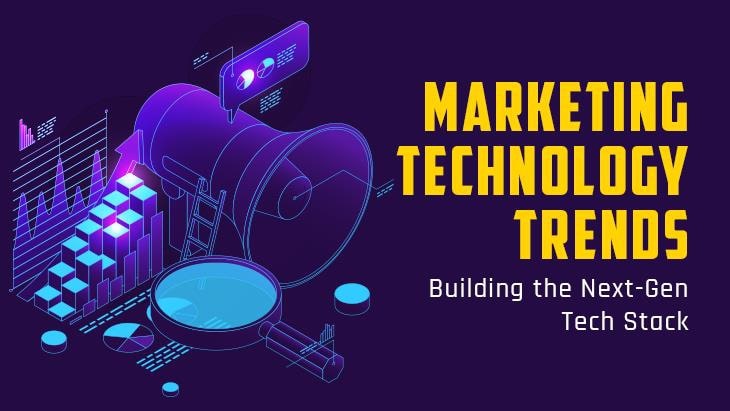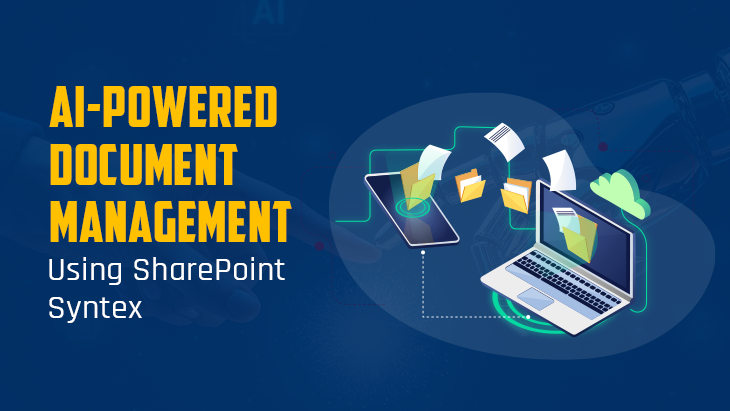Microsoft has recently introduced Copilot AI, a groundbreaking feature integrated into SharePoint, aimed at enhancing collaboration and productivity in the workplace. Copilot AI leverages advanced machine learning algorithms and natural language processing capabilities to provide intelligent suggestions, automate tasks, and assist users in content creation and management. This article explores the key features and benefits of Copilot AI in SharePoint and its potential to transform how organizations collaborate and work within the platform.
Enhanced Content Creation and Management:
Copilot AI in SharePoint revolutionizes content creation and management by providing intelligent suggestions and automating routine tasks. As users create documents, Copilot AI analyzes the content in real-time, offering relevant suggestions for formatting, structuring, and improving the document. It can propose alternative words or phrases, detect potential grammar or spelling errors, and provide context-aware recommendations for enhanced clarity and impact.
Moreover, Copilot AI simplifies content management by automatically tagging and categorizing documents based on their content. It utilizes AI-driven metadata extraction and classification techniques to ensure that documents are organized and easily discoverable. This streamlines document management processes, saves time, and enables users to find relevant information more efficiently.
Seamless Collaboration and Knowledge Sharing:
With Copilot AI, collaboration and knowledge sharing within SharePoint are taken to a new level. The AI-powered feature can analyze users' activities, interactions, and document content to provide context-aware suggestions for collaborating with colleagues. For example, it can recommend relevant individuals to share a document with based on their roles, expertise, or previous collaboration patterns.
Furthermore, Copilot AI assists in knowledge sharing by automatically extracting insights and generating summaries from lengthy documents or discussions. It can identify key points, summarize discussions, and highlight important takeaways, making it easier for users to grasp the essential information and participate effectively in conversations.
Intelligent Task Automation and Workflows:
Copilot AI in SharePoint automates routine tasks and workflows, enabling users to focus on more strategic and value-added activities. The AI-powered feature can detect repetitive or time-consuming tasks and offer automated solutions. For instance, it can suggest automated approval workflows, document routing, or content publishing processes, reducing manual effort and ensuring efficiency.
Moreover, Copilot AI can proactively monitor and analyze user activities, identifying patterns and providing recommendations for task optimization or process improvement. It can suggest more efficient ways to complete tasks, streamline workflows, and automate repetitive steps, ultimately increasing productivity and freeing up time for more critical work.
Enhanced User Experience and Accessibility:
Copilot AI enhances the overall user experience and accessibility in SharePoint. Its natural language processing capabilities enable users to interact with the platform more intuitively and effortlessly. Users can ask questions, seek clarifications, or request assistance in plain language, and Copilot AI can provide relevant responses, instructions, or suggestions.
Additionally, Copilot AI incorporates accessibility features, making SharePoint more inclusive for users with different abilities. It can provide assistance for users with visual impairments by offering audio descriptions, reading aloud content, or suggesting accessible document formatting. It can also support users with cognitive disabilities by simplifying complex tasks, providing step-by-step instructions, and offering visual cues.
Data Privacy and Security:
Microsoft places utmost importance on data privacy and security, and the same principles apply to Copilot AI in SharePoint. The AI-powered feature adheres to stringent data protection measures, ensuring that user data is securely handled and processed. It operates within the established security framework of SharePoint, employing encryption, access controls, and compliance standards to safeguard user information.
Microsoft also emphasizes transparency and control over data. Users have the ability to manage their data, control the level of AI assistance they receive, and customize Copilot AI settings according to their preferences. Microsoft ensures that user data is used solely for improving the AI capabilities and user experience, and it is not shared with third parties without explicit consent.
Training and Continuous Improvement:
Copilot AI in SharePoint benefits from continuous training and improvement. Microsoft employs advanced machine learning techniques to analyze user interactions, feedback, and usage patterns to enhance the AI model. As users engage with Copilot AI and provide feedback, the system learns and adapts to better understand user needs and deliver more accurate and relevant suggestions over time.
Microsoft also actively solicits user feedback to address any concerns, improve the AI model, and refine the user experience. This iterative approach ensures that Copilot AI evolves and aligns with the evolving needs of SharePoint users, providing ongoing value and continuous improvement.
Conclusion:
Microsoft's launch of Copilot AI in SharePoint brings a new era of collaboration and productivity to the platform. With intelligent content creation and management, seamless collaboration, task automation, enhanced user experience, and strong data privacy and security measures, Copilot AI empowers users to work more efficiently and effectively within SharePoint. As Microsoft continues to invest in the development and enhancement of Copilot AI, it holds the potential to transform how organizations collaborate, share knowledge, and streamline workflows within SharePoint, leading to increased productivity, improved decision-making, and enriched user experiences.
















Post Comments